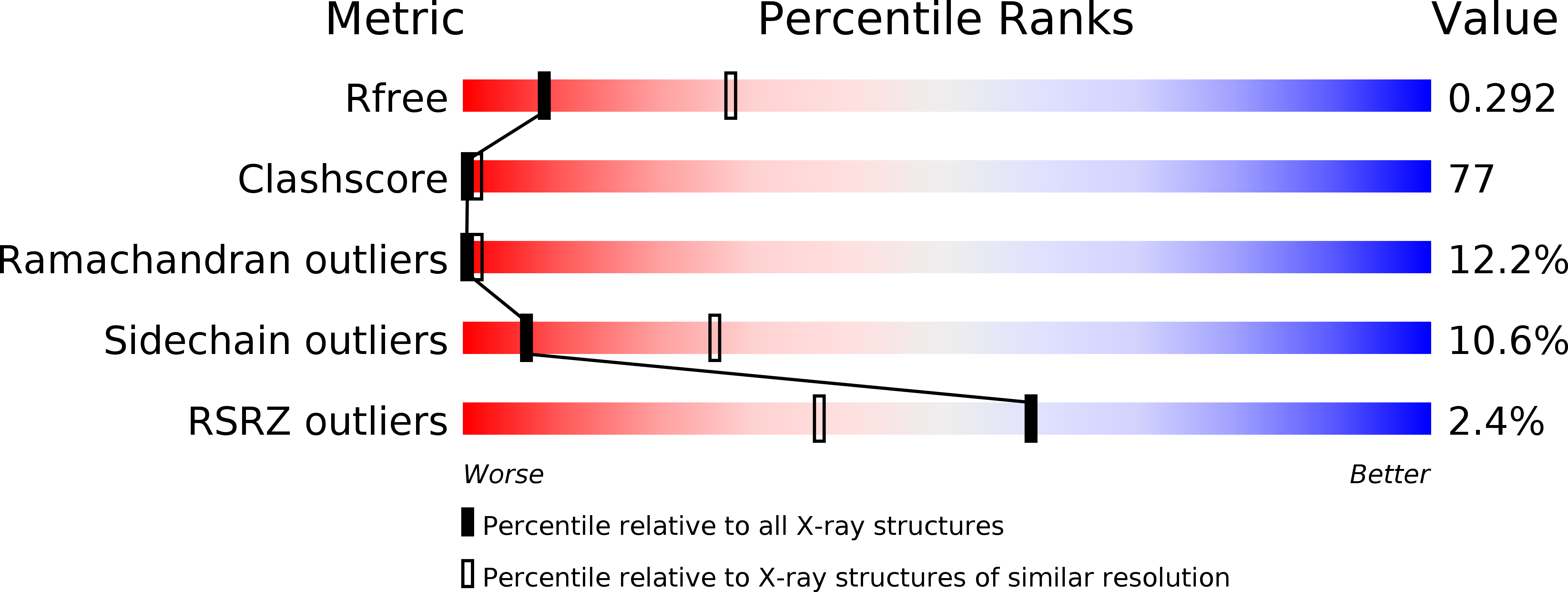
Deposition Date
2009-07-05
Release Date
2009-08-04
Last Version Date
2023-09-06
Entry Detail
Biological Source:
Source Organism:
Loligo pealei (Taxon ID: 6621)
Todarodes pacificus (Taxon ID: 6637)
Todarodes pacificus (Taxon ID: 6637)
Method Details:
Experimental Method:
Resolution:
3.10 Å
R-Value Free:
0.31
R-Value Work:
0.24
Space Group:
C 1 2 1


